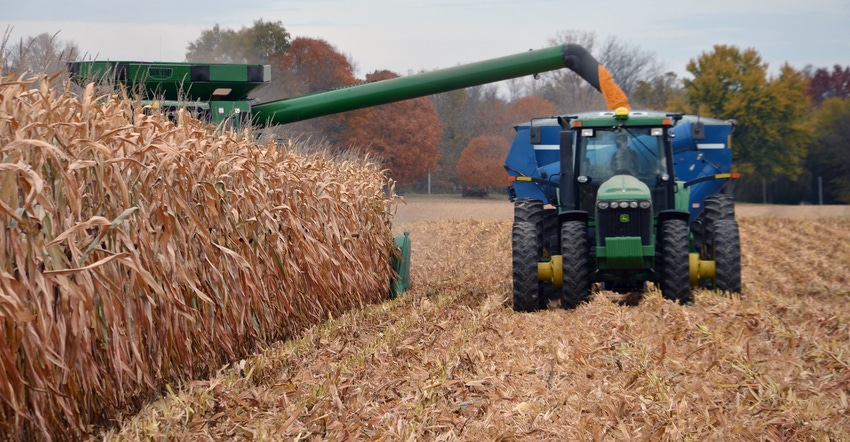November 14, 2022

Using the Farmland Values and Cash Rent Survey published by Purdue University each August, average price per acre for average-productivity land in Indiana increased about 30% from June 2021 to June 2022. The long-run average annual increase in farmland values since 1973 is closer to 5.5%. What accounted for the recent strength of farmland values?
Key variables affecting farmland prices include cash rent or net return to land; working capital; interest rates; inflation; investment potential of farmland compared to other investments such as the stock market, corporate bonds or similar assets; and the supply of land.
Related: Where will land prices go in 2023?
Let’s look at cash rent or net return to land and working capital first. Then we’ll look at interest rates, inflation, investment potential of farmland and supply of land. Both sets of factors positively contributed to the recent strength of farmland values.
Cash rent, working capital
Cash rent is primarily driven by net returns to land. Using a case farm in west-central Indiana, real net return to land averaged about $260 per acre annually since 2007. During this time, annual cash rent in west-central Indiana for average-productivity soil averaged $240 per acre. Thus, average net return to land was higher than average cash rent.
Moreover, net return to land recently has been substantially above cash rent. In 2020, cash rent was $252 and net return to land was $331 per acre, while in 2021 cash rent was $262 and net return to land was $510 per acre. Net return to land and cash rent projections for 2022 are $289 and $400 per acre, respectively.
The relatively strong net return to land during the last few years also strengthened working capital, an important source of funds when making down payments on farmland.
Interest rates
Long-term capitalization rates are a major factor impacting farmland values. The capitalization rate depends on the long-term rate on U.S. treasuries, known as the risk-free interest rate, inflation, and the risk premium between the long-term interest rate for land and the long-term rate on U.S. treasuries. If any of these factors increase or decrease, the capitalization rate on farmland is likely to increase or decrease.
Farmland values are inversely related to the capitalization rate. So, a higher capitalization rate results in lower farmland values.
What affects the capitalization rate? Inflation has been relatively strong the last couple of years. In addition to putting upward pressure on interest rates, note that farmland is considered a good hedge against inflation.
When these two opposing forces are combined, we typically find a positive relationship between farmland values and inflation. Until recently, risk premium and interest rates were relatively low, contributing to higher farmland values.
Meanwhile, the farmland market is often considered to be very thin, meaning supply of farmland on the market represents a very small percent of total farmland in the state. The thin land market often results in strong demand when land becomes available locally.
Finally, because of its low correlation to stock market returns, farmland is also attractive to institutional investors. So, this second group of factors also contributed to recent strength in farmland values.
Langemeier is a Purdue Extension ag economist, and associate director of the Purdue Center for Commercial Agriculture.
About the Author(s)
You May Also Like






